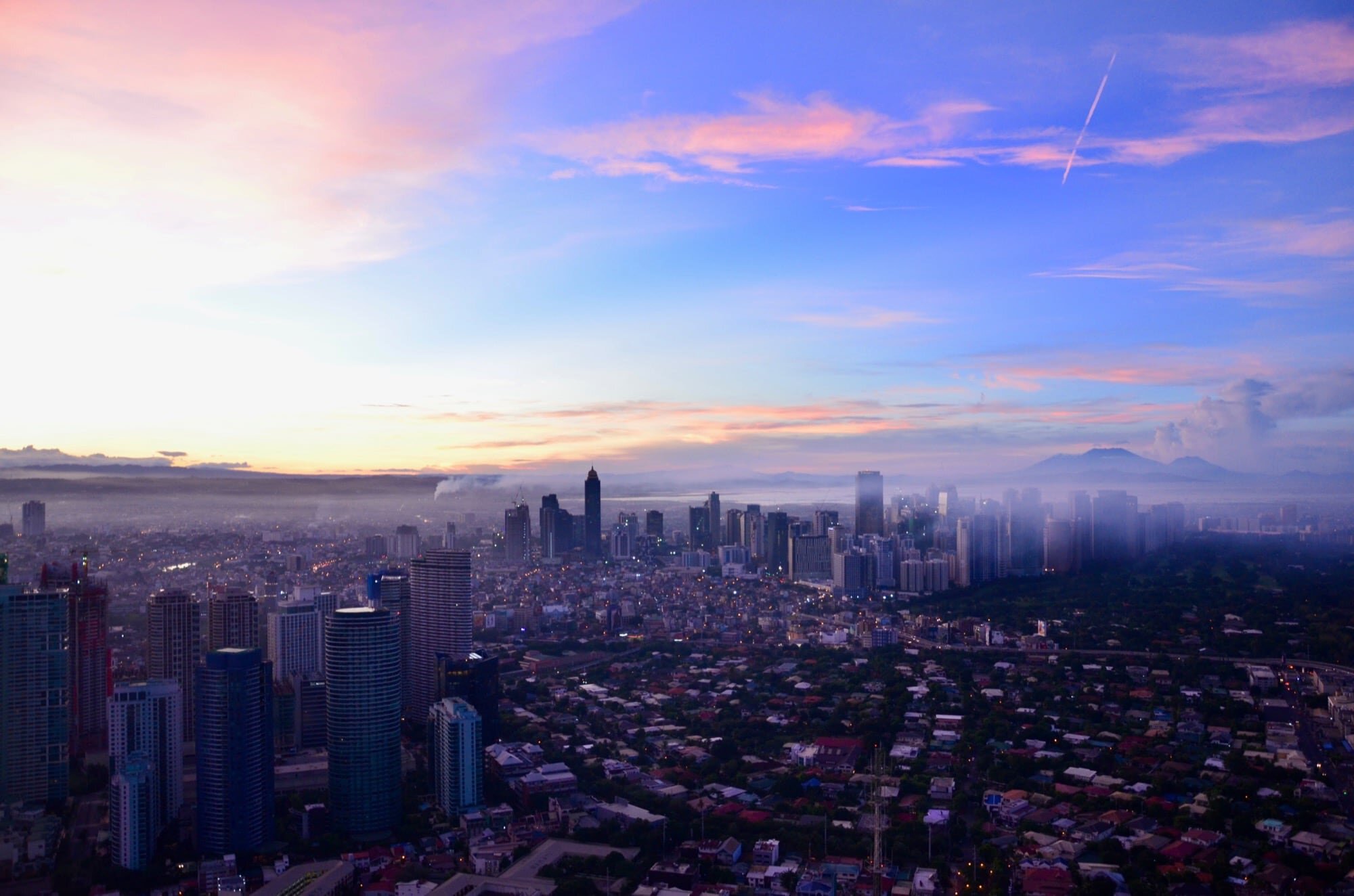Today we travel to the Philippines, a country a little smaller than Italy, but with a population of over 106 million people. The Philppines is the world’s second largest archipelago and consists of 7640 islands, of which only 2,000 of them are inhabited. Nearly 5,000 are still unnamed.
The Philippines is apparently a bit of a surprise when travelling through South East Asia as it shares a lot of cultural influences with Spain and the US due to its history in the galleon trade and America’s occupation following World War II. To this day the US and the Philippines continue to have close ties.
A remnant of this can be seen when travelling around Manila as “jeepneys” are the dominant form of public transport. Jeepney’s are small buses converted from the thousands of army jeeps that the U.S. military left after World War II. They can carry around 18 passengers and are brightly painted and decorated as well as apparently being swelteringly hot and uncomfortable to ride in.
Despite the fact that English is the de-facto language in the Philppines, there are around 175 other languages spoken. The Philippines is developing rapidly, and it’s English-speaking population makes the Philippines a very popular off-shoring location for services. In fact I work with a team in the Philippines at work.
Manila, the capital city of the Philippines is the world’s most densely populated city. In fact, the world’s three most densely populated cities are all located within the Philippines.
Time for a San Miguel (not the Spanish type), or actually in this case a glass of cold wine from Alsace. Our friends accidentally over-ordered, and this is something I’m more than happy to help out with.
I'm writing about every country in the world. One a day for 195 days. Learn more

